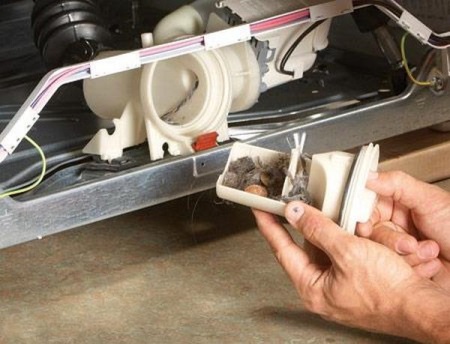How to Clean the Filter in a Washing Machine?
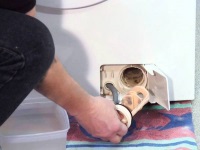
The washing machine belongs to the class of complex household appliances, which means that during its operation there may be many different problems - in the water supply system, drainage, power supply, electronics, etc. Even if you have purchased a device from a reliable, well-established manufacturer, this does not mean that the washing machine will always work properly. After a few years of active use, problems occur even in the highest quality models.
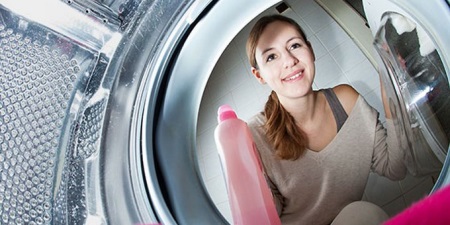
One of the most problematic places of any washing machine is the system of draining and dialing water. It is here that a significant proportion of breakdowns occur. In this article, we will tell you what happens when one of the filters gets clogged, and how you can solve this problem on your own.
Which filters are installed in the washing machine?
In order to keep the mechanism of the washing machine as safe as possible from foreign objects, each appliance is equipped with two filters at once: one is "inlet" and the other is "outlet":
- The inlet filter is needed to ensure that together with the water in the machine do not get particles of rust, lime and other small debris.
- Drain filter is provided to prevent the pump from clogging detergent residues, threads, buttons and other things that accidentally fall into the drum.
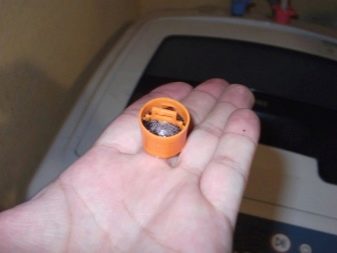

In addition to the two "mandatory" filters, the washing machine may have one additional filter that cleans and softens tap water.
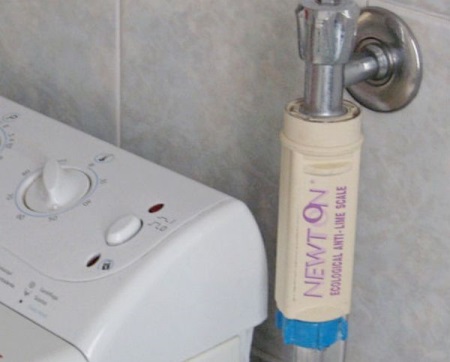
How to remove and clean the fill filter?
The device that filters the water that enters the tank is not installed in all washing machines, but most modern models still have it.
The inlet filter is a small metal mesh on which the small debris settles. From time to time a thick layer of plaque builds up on the filter, making it difficult to access water. In this case it is necessary to clean the intake filter.
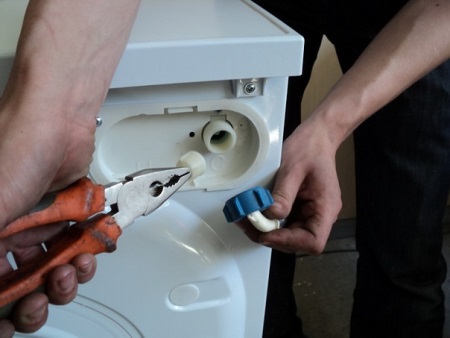
This filter can be found in the back of the washing machine, where the valve regulating the water supply and the fill hose are located. Before you start working, you need to disconnect the machine from the power supply, and also disconnect the water intake hose. Behind this hose is the intake filter.
The filter can be easily pulled out, using pliers or pliers. There is usually a layer of dirt, lime and rust on it. All of these contaminants must be removed carefully without damaging the device itself. The best way to do this is with a toothbrush. It is not necessary to use any special cleaners, most often just a large amount of warm water is enough. After cleaning the filter, put it back in place and connect the filling hose.
You can see this process clearly in the following video.
How to remove and clean the drain filter?
Much more often trouble arises with the drain filter, because it is through it water passes after washing things. All the washed dirt, grease, as well as the remains of detergent and conditioner settle on this device, so clogs in it form regularly.
The drain filter is usually located on the front of the washing machine, in one of the lower corners. It is usually behind a small plastic door. If your washing machine does not have such a door, you will have to remove the front panel to get to the filter. It is very easy to remove, since it is not fixed in any way, except for simple latches.
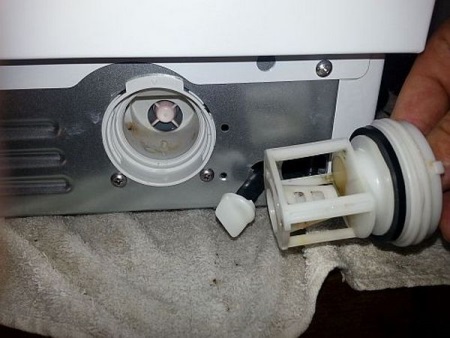
When you open the plastic door or remove the panel, you will see a small part that looks like a plug - this is the filter. It has a special notch that you need to grasp with two fingers and then rotate the filter clockwise and pull it toward you. In some models, you have to rotate the filter until it unscrews. Sometimes the drain filter is attached by a single bolt - in this case, use a screwdriver.
If during the removal of the filter water leaked from it, do not be frightened - this is normal. It is better to prepare in advance under it a container or a rag, so as not to wet the floor. After removing the filter, first clean the hole in which it was located. Then rinse the filter itself and screw it back in.
We suggest you watch the following video tutorial.
If it can't be removed
This happens when a lot of dirt and grease deposits have accumulated in the drain system. Then the filter is permanently stuck, and pulling it out in the usual way is almost impossible. However, cleaning it is necessary, so we'll try to get to this part from the other side. To do this, put the washing machine on its side, then unscrew the fasteners that fix the bottom panel. After removing the bottom cover, find the pump and pull it out. Now you can easily remove the drain filter from the opposite side.
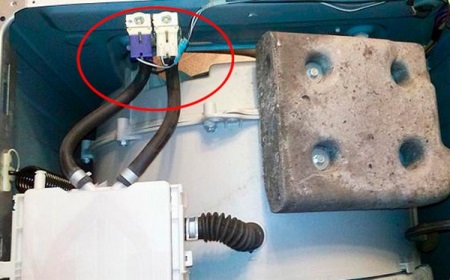
Features of the location in different washing machines
|
Manufacturer |
How to find the filter? |
|
LG Hotpoint Ariston Candy Ardo Samsung Whirlpool |
In these washing machines, the drain filter is very low. To get to it, you probably do not have to remove the bottom panel, as many models do not have it in principle. |
|
Bosch Siemens AEG |
For these brands of washing machines is characterized by a standard location of the drain filter - in the front bottom of the device. However, to get it out, you will have to remove the front panel completely. |
|
Electrolux Zanussi |
To remove the drain filter from such a washing machine, you should move the unit away from the wall - so you will have free access to the back of the device. The filter is located just behind the rear panel, which can easily be removed with a screwdriver. |
|
Indesit |
This manufacturer places the drain filter on the right side of the appliance. You can get to it by carefully removing the decorative front panel. This is done with a thin screwdriver, which is inserted between the body of the machine and the front cover. |
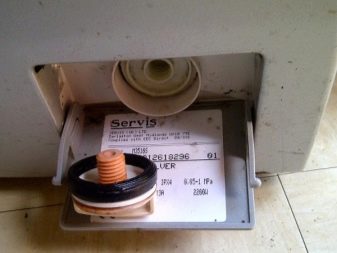
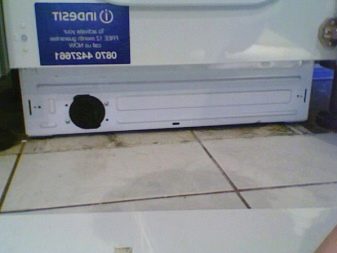
When should I check the filter?
The following signs signal that one of the filters of the washing machine is clogged:
- the display shows a message about a failure in the program;
- water drains very slowly;
- the appliance stops the wash very abruptly and does not resume it;
- it is impossible to start the rinse mode;
- the spin program does not start;
- water is not drained from the tank even by force.
If you notice such peculiarities in the behavior of the washing machine, it is necessary to diagnose the condition of the filters at the end of washing.
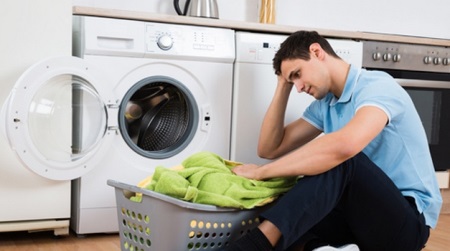
Prevention of clogs
- The drain filter should be flushed regularly so that dirt does not accumulate and can be easily removed. It is recommended to do this at least once every three months.
- To prevent detergent residues from settling in the drain filter, use only tested powders and conditioners for washing. Poor quality products are poorly soluble in water, so they can collect in a lump and accumulate in different parts of the washing machine.
- Then make sure that foreign objects do not get into the drum of the washing machine: before washing, turn out the pockets of things and zippers. Washed small items and garments with lots of decorative elements (rhinestones, beads, paillettes) in special covers.
